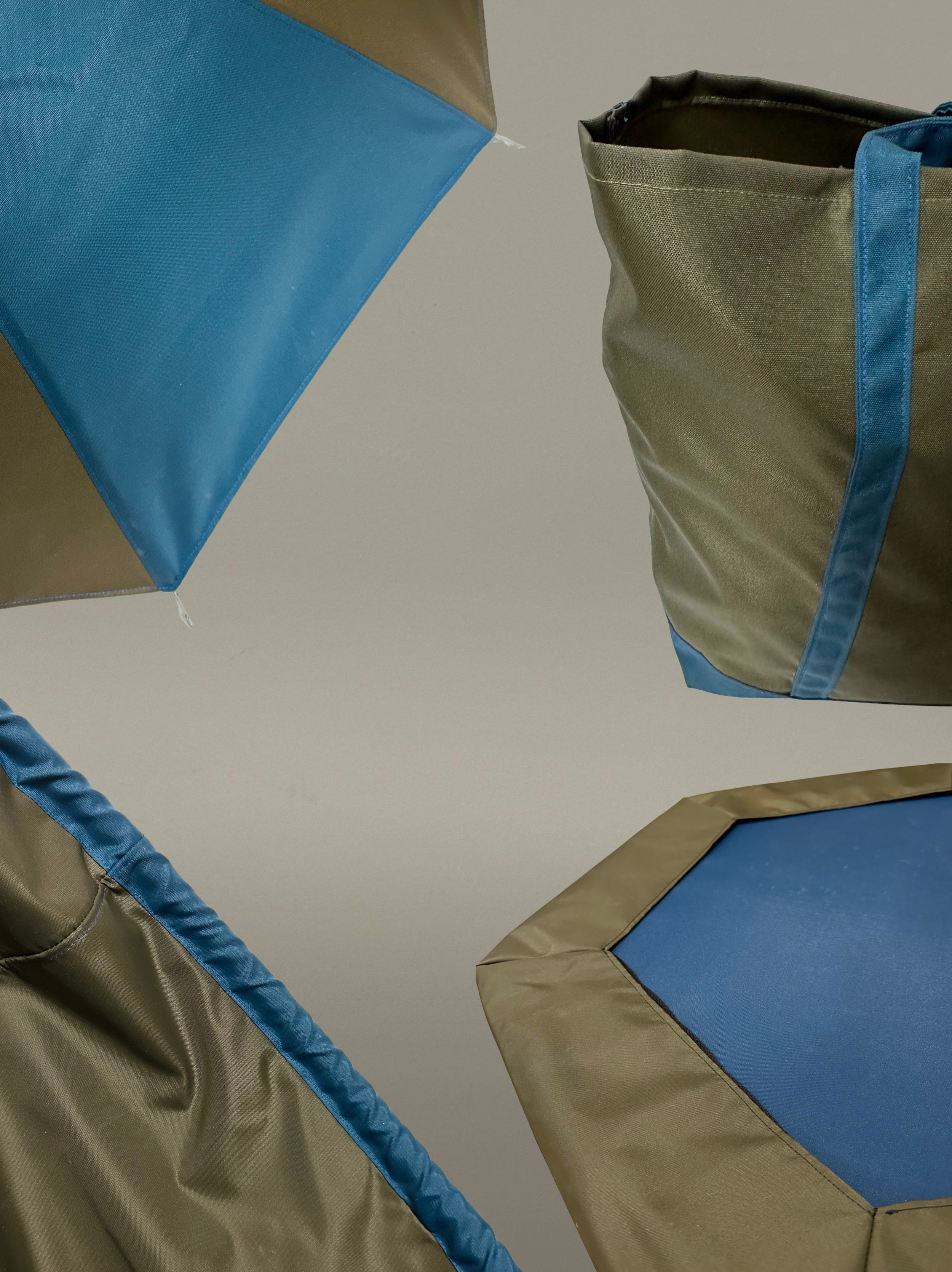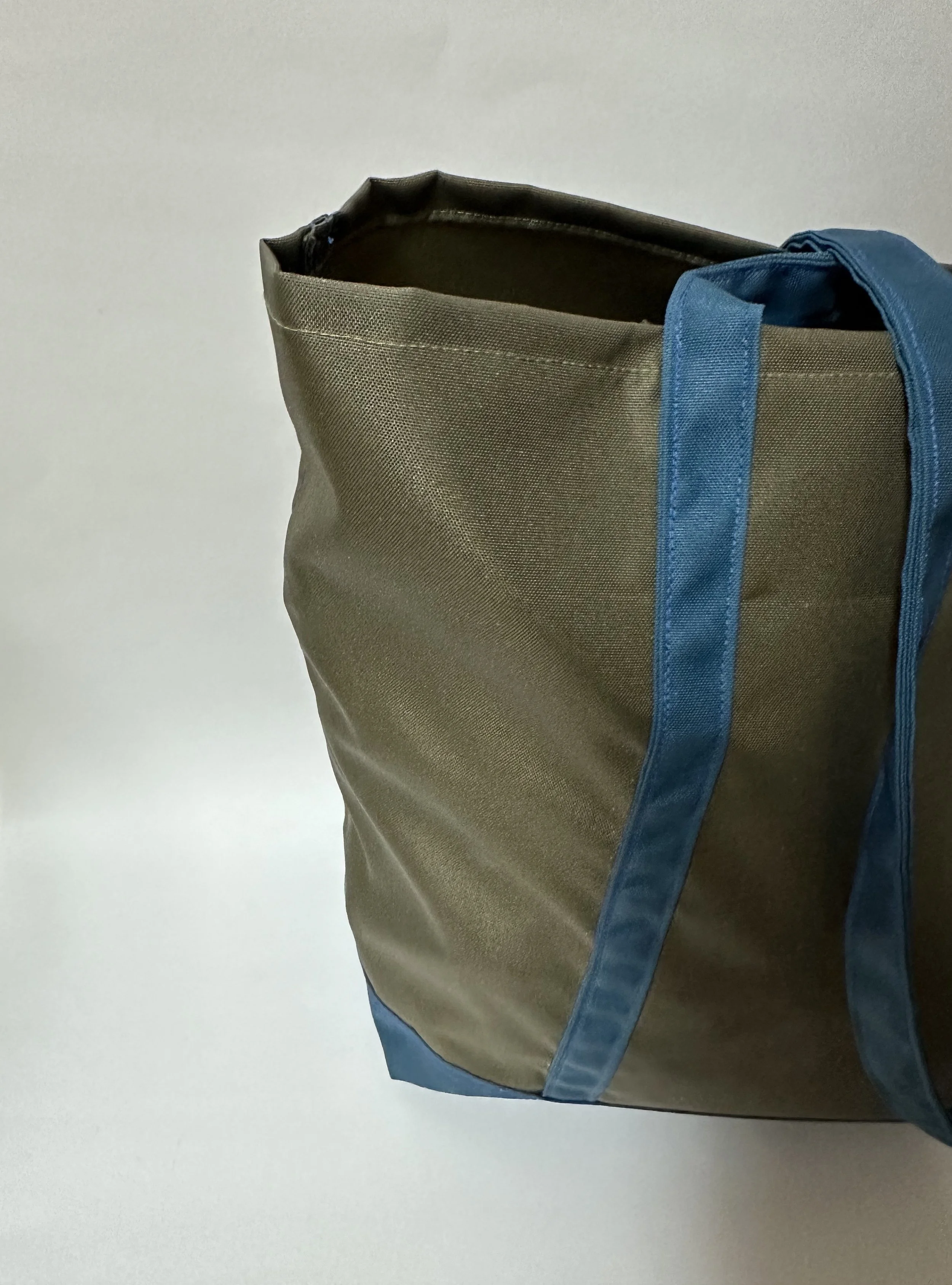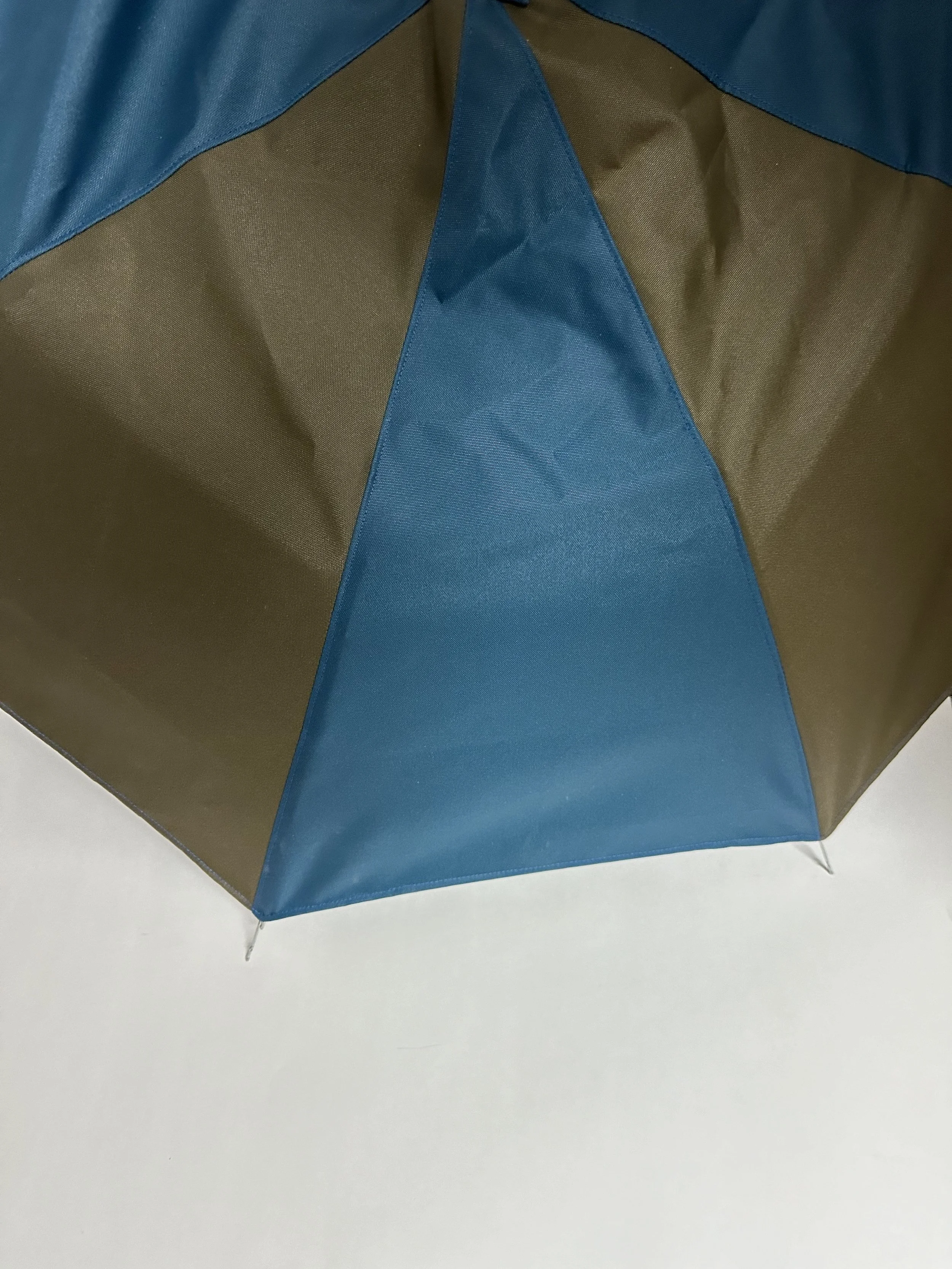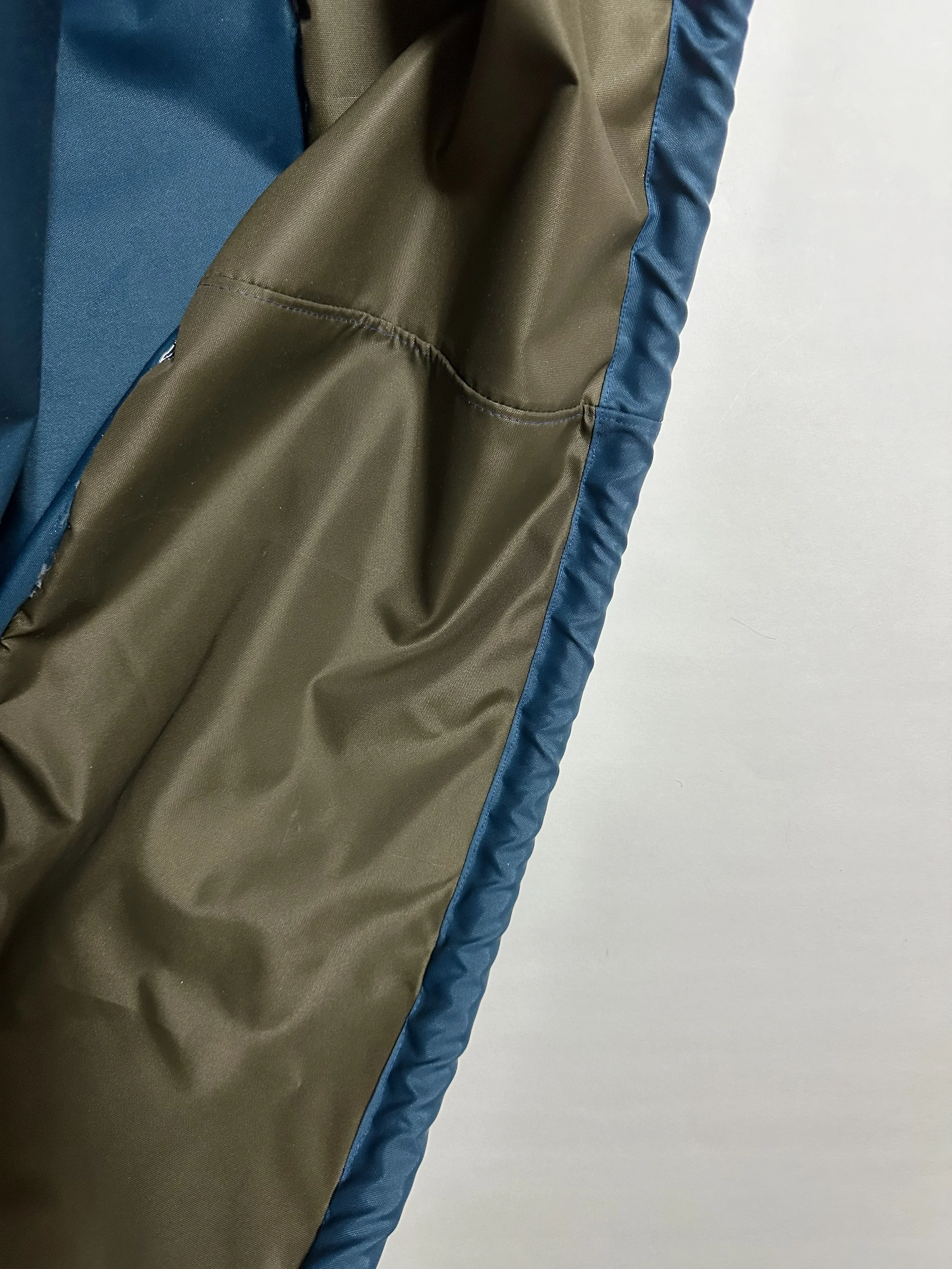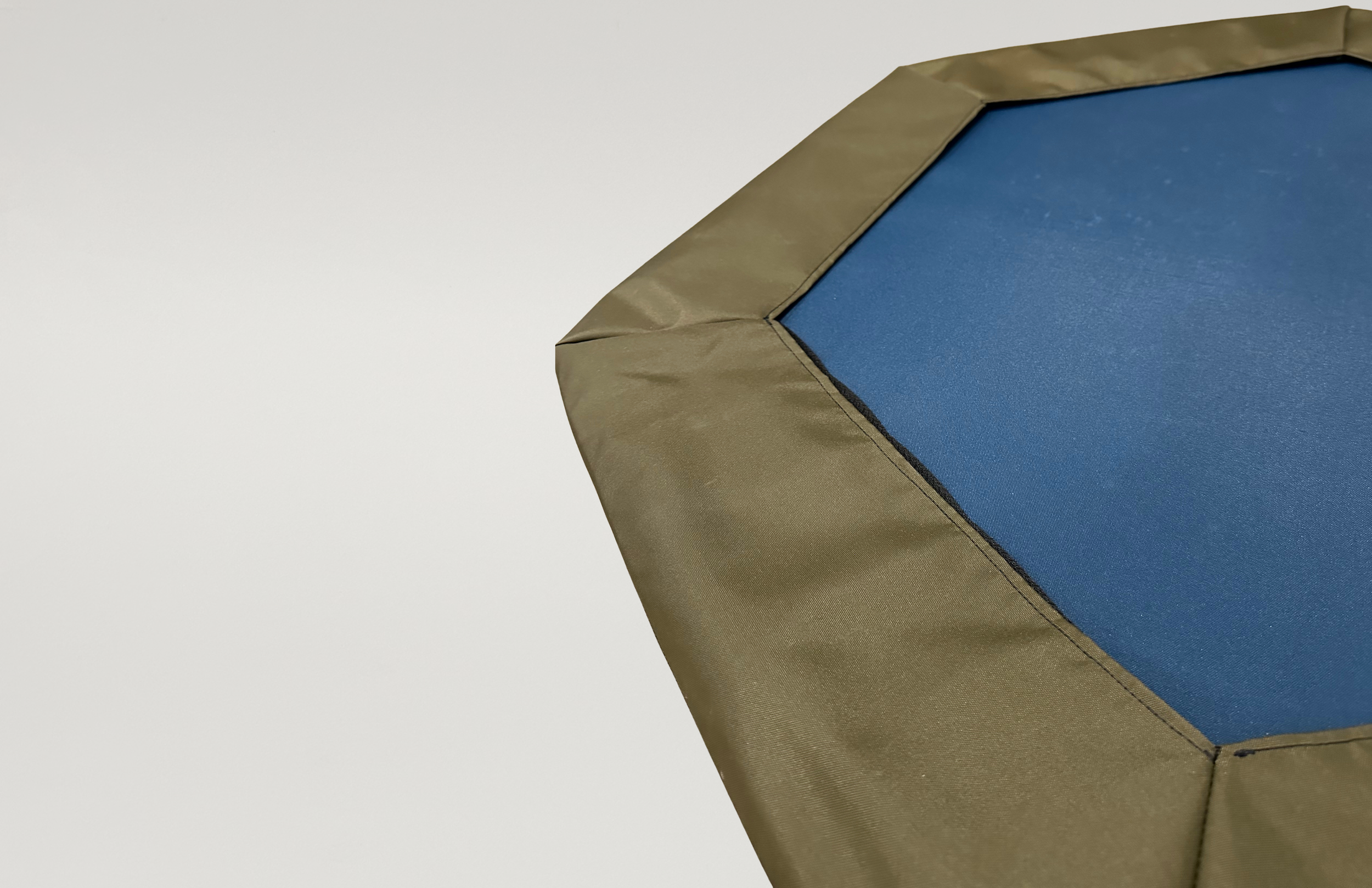Future of Fabric
Textile waste is a pressing environmental issue, but improved textile technology could be part of the solution. In this project, I tested a regenerative fabric that recovers from puncture holes and used it to create several product concepts. These experiments help us imagine how self-healing fabrics could one day reduce waste and improve our lives.
Self-Healing Fabric
To test the fabric’s self-healing performance, I created punctures of increasing size using a needle, thermometer, pencil, Sharpie, and Expo marker. Small holes closed on their own, larger ones required friction to reseal, and very large punctures did not fully recover.
Product Idea Exploration
Tote Bag
Umbrella
Kiddie Pool
Trampoline
Tote Bag
I chose to make a bag first because it’s a practical item that benefits from self-healing properties. Everyday use can lead to pokes and punctures that, as holes expand, would eventually ruin a normal bag. This fabric allows the bag to recover and avoid going to waste.
Umbrella
This fabric is both waterproof and self-healing, making it an ideal choice for an umbrella. A small hole could ruin a typical umbrella, but this material can be easily repaired, preventing leaks and reducing waste.
Kiddie Pool
What would happen to the fabric’s waterproof properties under pressure? I built a kiddie pool to find out. Needle-sized punctures didn’t leak, medium-sized holes healed on their own, and larger holes were repaired with a little rubbing, restoring the fabric’s full waterproof function.
Trampoline
I was always told, “No shoes on the trampoline,” but for my final test, I wanted to push this fabric to its limits—with cleats. It withstood my full weight, and while the cleats created some holes, they were easily repaired with a little rubbing. A few marks remained, indicating minor damage, but overall the material proved durable under extreme stress.
